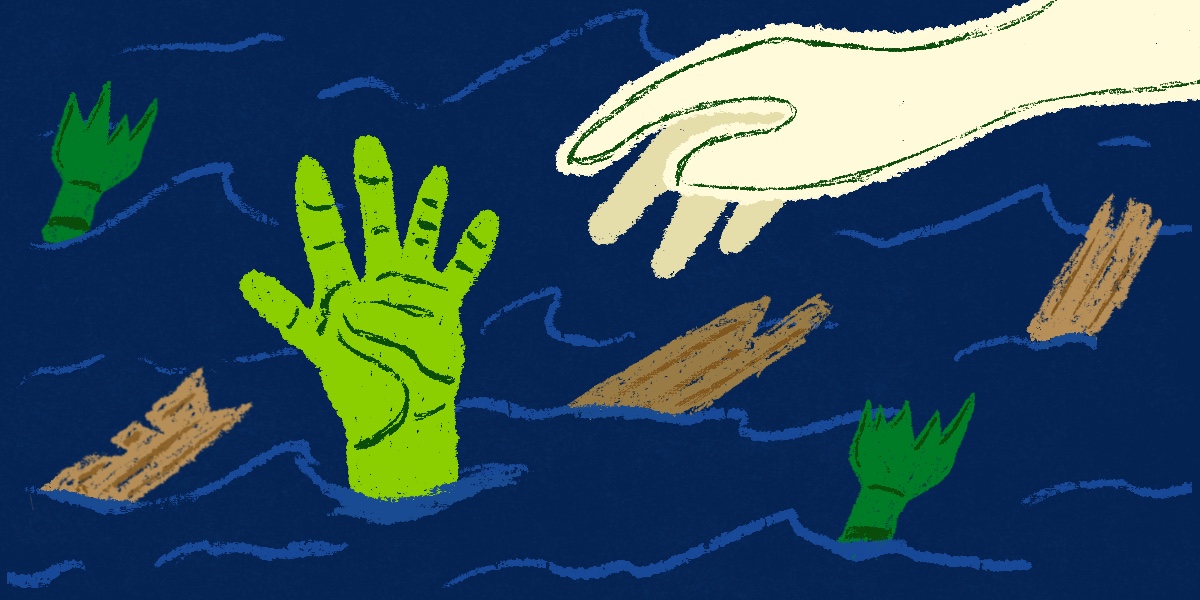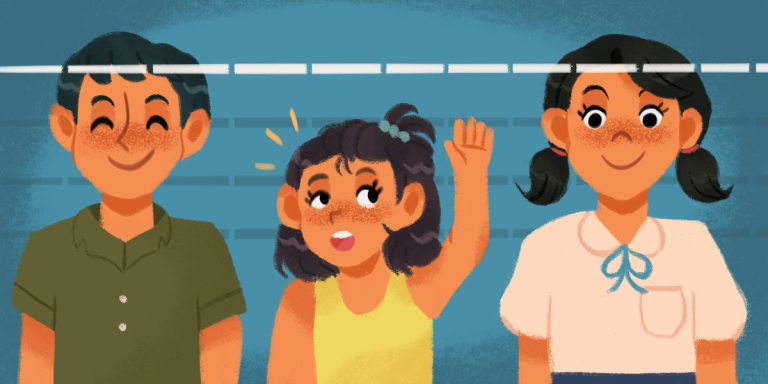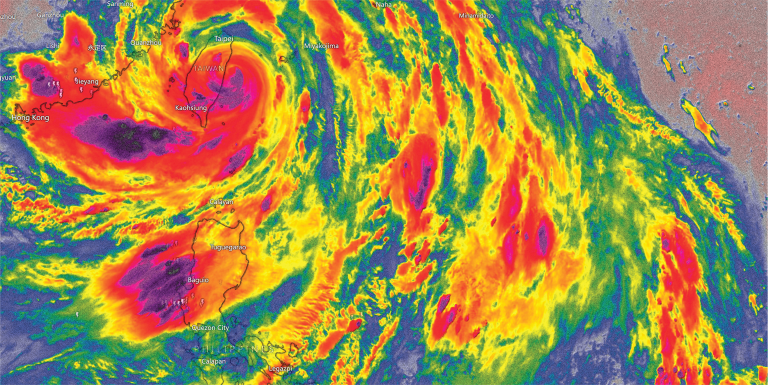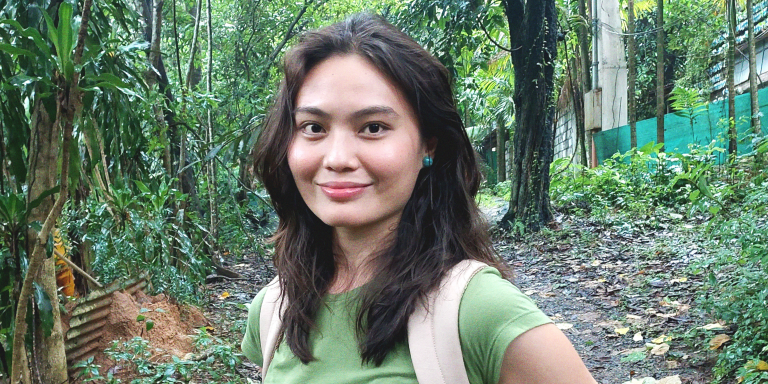Safe spaces are needed for the recovery of battered women scorned
Battered women are not helpless. In fact, quite the opposite is true, as they are extremely successful in staying alive and minimizing their injuries, despite the hostile situations they are in.
In their most recent survey in 2022, the Philippine Statistics Authority reported that, among Filipino women aged 15 to 49 years old, around 2,339 of respondents have experienced some form of physical, sexual, or emotional violence from their intimate partners. Moreover, while this has significantly decreased since 2016, there were still a whopping 7,760 reported cases of violence against women (VAW) and children to law enforcement in 2023.
VAW is a pervasive social problem associated with the unequal power relations between women and men due to societal norms and traditions. While it’s easy for people to chalk up being stuck in an abusive relationship to delusion, naivety, or weakness, science says there’s more than meets the eye.
State of affairs
The persistence of VAW may be partly attributed to the “culture of silence” that is common among survivors, brought about by shame or lack of trust in the country’s justice system, according to a commentary published in The Lancet Regional Health by Dr. Michelle Ann Eala and colleagues.
A local bachelor’s thesis conducted in 2023 on gender-based violence reported similar revelations, focusing on ‘Lunas Collective,’ an online chat-based service for VAW survivors. When seeking support or justice, the people and processes that survivors encountered often painted silence as the easier route—a system piling additional struggles on top of the violence they had to endure. Silencing, the research suggests, thus arises from the retraumatization, invalidation, and victim-blaming these survivors experience upon confiding with the “proper” authorities.
Apart from silence, Dr. Aimee Chua—a physician who specializes in trauma psychiatry—says that common aggravating factors in Philippine culture are “extended families [who] dissuade the woman from separating [from her partner]…usually [for the sake of] the children.” In a society that values close family ties, Filipinos often put family above anything else. In cases of VAW, even above self-preservation of the woman.
The cycle of violence
The persistence of VAW is largely attributed to the so-called “cycle of violence” that keeps women in abusive relationships. Proposed by psychologist Lenore Walker in 1979, this psychological theory is one of the longest standing on VAW, and describes a pattern of behaviors comprising tension-building, acute battering, and honeymoon stages.
“The first time [my patients] go into therapy, we discuss that there’s a cycle in the battering. The next time around, they might tell me that, indeed, it’s true. There is a cycle. And the next time around maybe they realize that, ‘it’s going to be a cycle, so I will try to prevent triggering my husband.’ Only to realize that whatever they do, it still happens,” shares Chua.
Throughout this cycle, a woman’s perceptions and feelings about the violence waver and fluctuate, keeping her trapped.
For example, the woman could attempt to placate her partner during the tension-building phase and she may seem to succeed, albeit temporarily. According to Walker, this momentary success reinforces the unrealistic belief that she can control her perpetrator, thus reducing the perceived threat.
In the honeymoon phase, when the abuser tries to reconcile with the woman, some abusers promise to—and even believe they will—never do it again.
“[The women] will dread the honeymoon phase because they feel bad about themselves, especially when they fall in love again with the [partner] or forgive [them],” Chua adds. “They hate themselves for it.”
After the honeymoon phase, promises are not fulfilled and tension starts to build up again, thus repeating the cycle. This cycle of violence is rooted in the dynamics of power and control maintained through coercion and manipulation. The woman wants to believe the abuser, and will thus keep having renewed hope in the relationship.
It will typically take multiple instances of the woman attempting to leave the relationship before she manages to do so for good. Unfortunately, however, a usual pre-requisite is being self-sufficient, especially in terms of finances, or having a reliable support system to help her through the process. “Seldom do I see women who are financially independent who stay in the [abusive] relationship,” attests Chua.
Battered woman syndrome
Living through the cycle of violence can lead to a psychological effect Walker called the battered woman syndrome (BWS)—a type of post traumatic stress disorder (PTSD). Aside from clinical symptoms of PTSD, BWS involves disruptions in interpersonal relationships, physical health and body image problems, and sexual and intimacy issues. The cycle, Chua observes, often evokes feelings of depression, anger, and resentment.
Battered women are not helpless. In fact, quite the opposite is true, as they are extremely successful in staying alive and minimizing their injuries, despite the hostile situations they are in. Philippine culture fuels this tolerance, as cited by a 2020 master’s thesis on VAW in the Philippines, because it requires the woman to prioritize keeping the family intact and to be forbearing and stoical.
To achieve all this, maintaining her core self requires the battered woman to give up one thing: the belief that she can escape her abuser. Ultimately, this theory is called “learned helplessness.” It centers around a woman’s thinking that she cannot predict whether or not what she does will have the desired outcome, so questions on whether she can use her skills to get away, stop the abuse, or defend herself become out of the question.
Women only successfully escape the cycle “when they come to realize that they can have lives outside the relationship…when they become independent,” Chua states. However, that realization will require a difficult change in perspective.
Battered women shouldn’t feel obligated to stay—not even for the sake of their children or societal expectations. Nor can they be stripped of their agency and pushed into leaving, as the process of recognizing their situation and securing their independence is highly personal. What battered women need are people who will listen to them without judgment, support their decisions, and help them to safely find their solo footing.
At the end of the day, it’s not the woman’s fault. VAW is a problem caused by abusive partners, and “if the perpetrator does not go into therapy, nothing will change,” emphasizes Chua. Neither will the prevalence of VAW decrease until the patriarchal and misogynistic tendencies of society are resolved.
Those looking from the outside may think of leaving as the simple, straightforward choice. But many other factors, often beyond the victim’s control, may keep them trapped. Cultivating safe spaces for victims is therefore crucial in putting a stop to the abuse and aiding recovery.
To report a case of VAW, go to the Women’s Desk in the police station nearest you.
For regional helplines, visit https://pcw.gov.ph/violence-against-women-helplines/.








